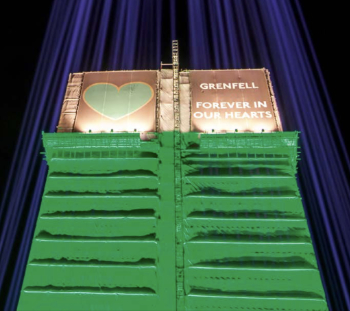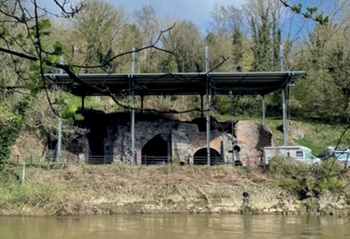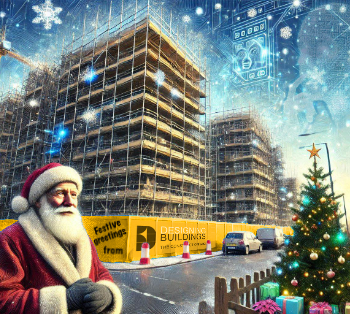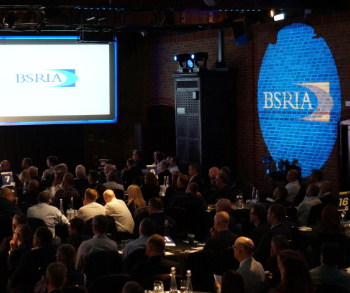New requirements for fire detection and alarm network systems IP 12 13
BRE (Building Research Establishment) is an independent, research-based consultancy, testing and training organisation, operating in the built environment and associated industries.
New requirements for fire detection and alarm network systems (IP 12/13) was written by Eman Mattie-Suleiman and published by BRE on 30 September 2013.
A fire detection and alarm systems (FDAS) typically consists of a processer unit, which receives signals from detection and activation functions such as smoke and heat detectors and activation of manual call points. After analysis of the incoming signals, the status of the system is indicated via the user interface and the appropriate outputs are initiated such as the activation of sounders/beacons, signals to the alarm receiving centre, or signals to activate protection devices such as extinguishing systems.
The development of FDAS components has been driven by new technology, the growth in microprocessor power at low prices, new legislative requirements and user specifications. Different types of FDAS are now available on the market and the selection of the appropriate system will depend on a number of factors including:
- Building size.
- Complexity of the action(s) to be taken due to a fire event within a building.
- Reliability.
- Cost of the system and its installation.
This 12 page BRE information paper enables the specifiers and designers of fire detection and alarm systems to choose the most appropriate hard-wired network systems whilst maintaining compliance with the Construction Products Regulation (CPR) and BS 5839-1 (Fire detection and fire alarm systems for buildings. Code of practice for design, installation, commissioning and maintenance of systems in non-domestic premises). It also highlights the requirements for network systems which have been developed and incorporated within a Loss Prevention Standards (LPS) standard.
The contents of the information paper are:
- Background-Introduction of network systems.
- Reasons for networking fire detection and alarm systems.
- Current requirements for fire detection network systems.
- New fire detection and alarm system network requirements.
- References.
[edit] Related articles on Designing Buildings Wiki
- Automatic fire detection and alarm systems, an introductory guide to components and systems BR 510.
- BRE articles on Designing Buildings Wiki.
- BRE Buzz articles on Designing Buildings Wiki.
- BRE Buzz.
- Building Research Establishment.
- Fire detection and alarm system.
- Fire detector.
- Fire.
- Heat alarm.
- Ionisation smoke alarm.
- Multi-sensor alarm.
- Optical smoke alarm.
- Over £1 billion lost every year due to false alarms.
- The causes of false fire alarms in buildings.
Featured articles and news
The future of the Grenfell Tower site
Principles, promises, recommendations and a decision expected in February 2025.
20 years of the Chartered Environmentalist
If not now, when?
Journeys in Industrious England
Thomas Baskerville’s expeditions in the 1600s.
Top 25 Building Safety Wiki articles of 2024
Take a look what most people have been reading about.
Life and death at Highgate Cemetery
Balancing burials and tourism.
The 25 most read articles on DB for 2024
Design portion to procurement route and all between.
The act of preservation may sometimes be futile.
Twas the site before Christmas...
A rhyme for the industry and a thankyou to our supporters.
Plumbing and heating systems in schools
New apprentice pay rates coming into effect in the new year
Addressing the impact of recent national minimum wage changes.
EBSSA support for the new industry competence structure
The Engineering and Building Services Skills Authority, in working group 2.
Notes from BSRIA Sustainable Futures briefing
From carbon down to the all important customer: Redefining Retrofit for Net Zero Living.
Principal Designer: A New Opportunity for Architects
ACA launches a Principal Designer Register for architects.
A new government plan for housing and nature recovery
Exploring a new housing and infrastructure nature recovery framework.
Leveraging technology to enhance prospects for students
A case study on the significance of the Autodesk Revit certification.























